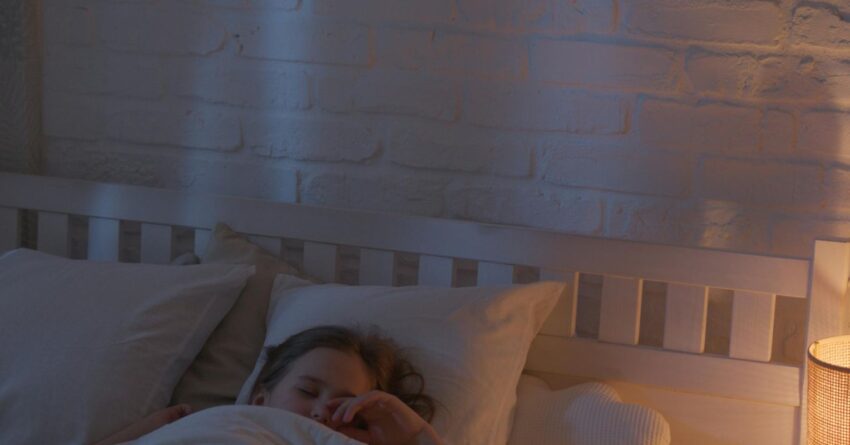Now that my book, The Light Doctor, has been published, I will delve into specific in-depth questions about healthy and unhealthy lighting. I will also update you with the latest research findings, technology developments, and new products that impact your light exposure and health.
For example, in my book, I have discussed the evidence that exposure to blue-rich light at night substantially increases the risk of obesity, diabetes, heart disease, psychiatric illnesses, and certain cancers. But, how much light does it really take to harm you at night? Isn’t it OK to have dim lights on in the bedroom when you sleep?
“Let’s be practical” you might say. “It is hard to block out all the light from streetlights at night, and my local government is resistant to spending any money to change the lights.”
Or, “I am too anxious to sleep in pitch darkness. I need some light on in the bedroom to calm me down.”
Results From New Study
Now a new study in The Lancet provides a surprising answer. Remarkably low levels of nocturnal lighting have a large adverse effect.
The data come from the BioBank study in the United Kingdom. In the study, 85,000 people wore light meters that captured their pattern of light exposure for every hour of day and night for a week. Then their health was tracked for eight years.
The amount of data collected was enormous—1.3 million hours of light exposure were recorded, and the study participants were followed for 670,000 person-years of observation.
Diabetes Risk
The brighter the lights were in the bedroom in the middle of the night between 12:30 a.m. and 6 a.m., the higher the risk these people had of developing type 2 (adult onset) diabetes. But if you look at the chart below there was a surprising conclusion.
The biggest jump in diabetes risk occurred with the smallest increase in bedroom lighting. Compared to people sleeping in less than 1 lux of light (the natural depth of darkness before the invention of electric light), the biggest jump in diabetes risk—a 29 percent increase—occurred when the bedroom was lit by only 1 to 6 lux of light.
This tells us how sensitive we are to even small amounts of light from TVs, lamps, and clocks in the bedroom in the middle of the night.
Concerns With LED Lights
However, this study understates the risk in today’s LED-lit world. The light exposure data in this study were collected from 2013 to 2016, when very few people used LED lights. So the participants were likely using incandescent light bulbs, which emit about 4 percent circadian blue content.
The sky blue content (440-495 nm) of light is the key disruptor of circadian clocks and a factor that may drive health risks including obesity, diabetes, heart disease, psychiatric illnesses, and certain cancers.
The impact of the same level of visual brightness (1-6 lux) with LED lights containing 10 to 20 percent circadian blue content is thus three to five times greater. Or, to put it another way, the light in the bedroom, if it is from LEDs, must be kept three to five times lower than if it came from the now-banned incandescent light bulbs we used to use.
So the lesson is to try to sleep in pitch darkness at night. That means lightproof drapes, and if you need to illuminate the floor to navigate safely to the bathroom, make sure those lights contain zero circadian blue.
